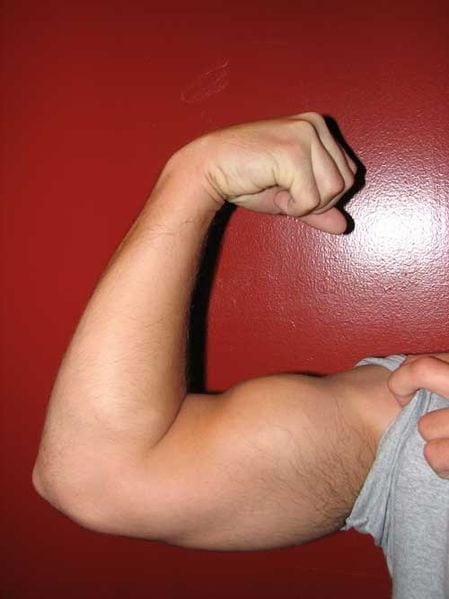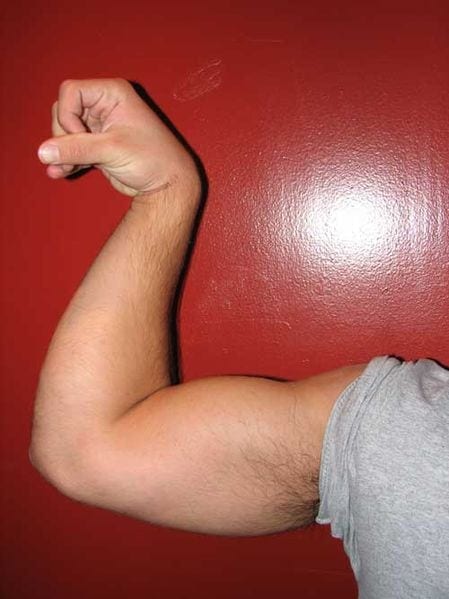Funtabulously Frivolous Friday Five 062
Just when you thought your brain could unwind on a Friday, you realise that it would rather be challenged with some good old fashioned medical trivia FFFF, introducing the Funtabulously Frivolous Friday Five 062
Question 1
Which sign of aortic regurgitation is named after a famous 19th century Irish physician who had a secret door made in his consulting room so that he could escape the accumulating masses of patients waiting for him?
Reveal the funtabulous answer
This is one of the many eponymous signs of aortic regurgitation, and refers to the presence of prominent carotid pulsations. In fact, aortic regurgitation was once known as Corrigan/s disease.
Corrigan’s sign is shown in the video below:
Sir Dominic John Corrigan, 1st Baronet (1802 – 1880) was a hard-working, famous Dublin physician who is said to have had a secret door created in his consulting room so that he could escape the throngs of patients awaiting his curative touch. He is credited with the following quotation:
The trouble with doctors is not that they don’t know enough, but that they don’t see enough.
Question 2
Hydrophobia is characteristic of what condition?
Reveal the funtabulous answer
Rabies
Rabies is one of the most lethal infections afflicting humankind.
After a 9-90 day incubation period (can be longer) the rabies rhabdovirus makes it way from the infected bite site (typically inflicted by a dog, bat, cat, fox or raccoon) to the patient’s central nervous system. Among the characteristic features of ‘furious rabies’ is the bizarre and distressing manifestation of hydrophobia.
Examples are shown in the videos below (they make distressing viewing) — get vaccinated if you’re in a rabies area.
Question 3
What condition should you suspect if you shake a patient’s hand and he or she is unable to let go?
Reveal the funtabulous answer
Myotonic dystrophy.
Features of myotonic dystrophy include grip myotonia and percussion myotonia, shown in the video below. Muscular contraction is sustained, and relaxation is slow.
Question 4
If a patient has a foot drop, how does assessing the ankle jerk reflex help determine the site of the lesion?
Reveal the funtabulous answer
Always check the ankle jerk reflex (S12 level via the tibial nerve) in a patient with a foot drop because:
if it is normal, then a common peroneal nerve lesion (L45S1) is likely.
This is usually due to an injury at the neck of the fibula where the common peroneal nerve divides into its superficial and deep branches.
If foot eversion is spared then the superficial peroneal nerve (L5S1) is intact (innervates peroneus longus and brevis).
An L5 root lesion can also cause foot drop and an intact ankle jerk, but there should also be weakness of knee flexion and foot inversion, as well as an L5 sensory deficit.
if it is absent, then a lower motor neuron lesion affecting the sciatic nerve or lumbosacral plexus is likely.
Such a lesion must involve nerve fibers that mediate the ankle jerk from the S12 level via the tibial nerve (a branch of the sciatic nerve), as well as nerve fibers that mediate ankle dorsiflexion from the L45 level via the deep peroneal nerve to tibialis anterior, extensor hallucis longus, extensor digitorum longus and extensor digitorum brevis.
if it is hyperreflexic, an upper motor neuron lesion is present (e.g. stroke).
Causes of foot drop include:
- common peroneal nerve palsy
- sciatic nerve palsy
- lumbosacral plexus lesion
- L45 root lesion
- peripheral motor neuropathy
- distal myopathy
- motor neuron disease
- stroke (anterior cerebral artery or lacunar syndrome causing ‘ataxic hemiparesis’)
Question 5
Why do left-handers find using a screwdriver more difficult than right-handers?
Reveal the funtabulous answer
The majority of screws have right-handed thread, meaning that they are tightened by clockwise rotation.
Using one’s right-hand enables the powerful biceps brachii muscle to supinate the forearm to achieve clockwise rotation of the screw. This action is most effective when the elbow is flexed.
Using the left-hand to turn a screw with right-handed thread requires pronation of the forearm. This is a weaker action than supination as biceps brachii does not assist in pronation.
An exception is the screw on your left-sided bicycle pedal. Such screws are subject to anti-clockwise torque and are more likely to stay tight if they have a left-handed thread.
Note the increased contraction of biceps brachii when the forearm is supinated (top) compared to when the forearm is pronated (bottom):

FFFF
Funtabulously Frivolous Friday Five
Chris is an Intensivist and ECMO specialist at The Alfred ICU, where he is Deputy Director (Education). He is a Clinical Adjunct Associate Professor at Monash University, the Lead for the Clinician Educator Incubator programme, and a CICM First Part Examiner.
He is an internationally recognised Clinician Educator with a passion for helping clinicians learn and for improving the clinical performance of individuals and collectives. He was one of the founders of the FOAM movement (Free Open-Access Medical education) has been recognised for his contributions to education with awards from ANZICS, ANZAHPE, and ACEM.
His one great achievement is being the father of three amazing children.
On Bluesky, he is @precordialthump.bsky.social and on the site that Elon has screwed up, he is @precordialthump.
| INTENSIVE | RAGE | Resuscitology | SMACC


